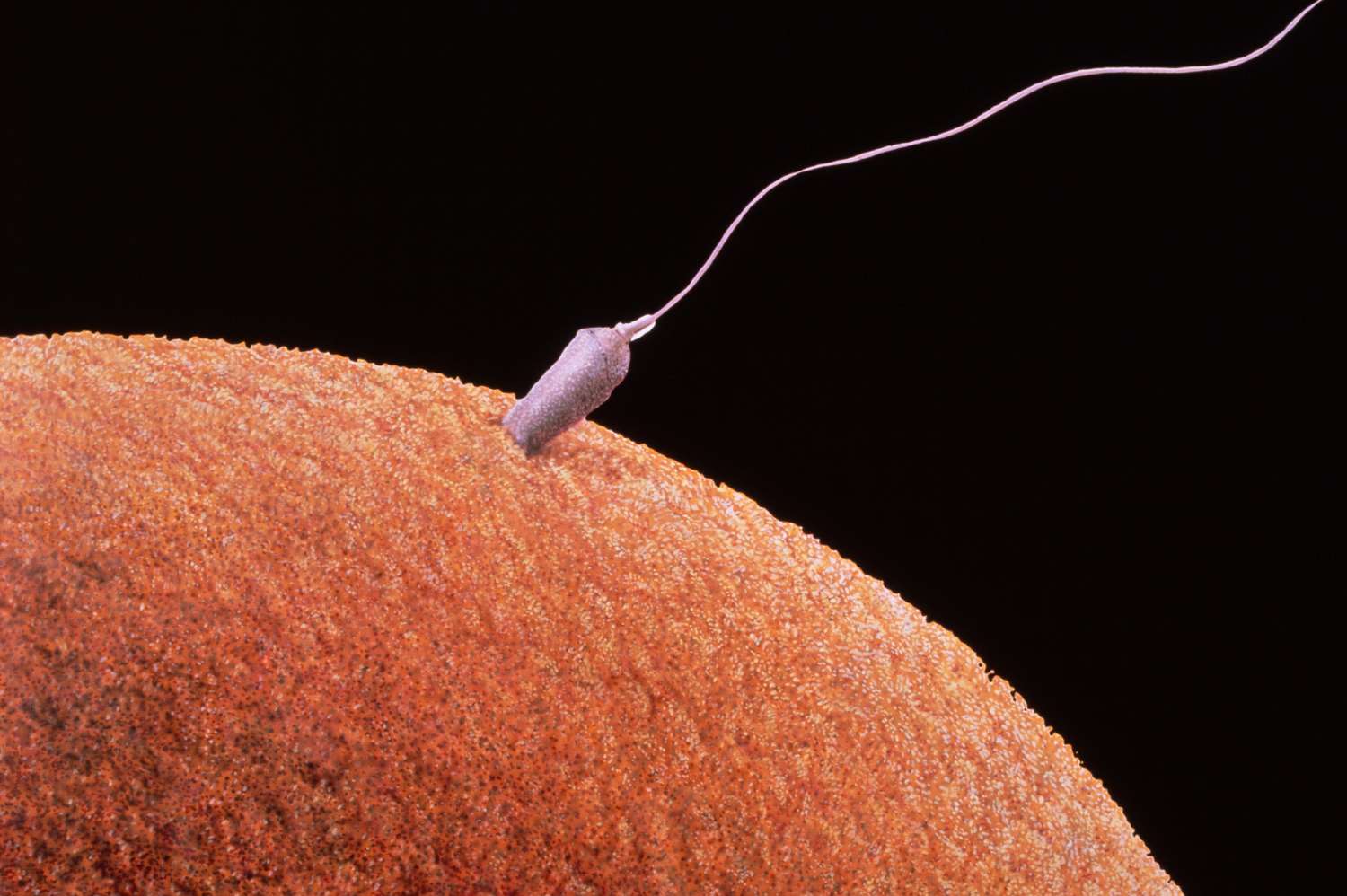
Sexual reproduction is a fascinating process that ensures the continuation of species by combining genetic material from two parents. This method of reproduction is common in both plants and animals, leading to incredible diversity within species. Did you know that sexual reproduction not only promotes genetic variation but also helps organisms adapt to changing environments? Through the fusion of sperm and egg cells, offspring inherit a mix of traits from both parents, which can lead to stronger, more resilient populations. Understanding the intricacies of sexual reproduction can shed light on the evolutionary advantages it provides, as well as its role in the survival of species. Ready to dive into some amazing facts about sexual reproduction? Let's get started!
What is Sexual Reproduction?
Sexual reproduction is a biological process where two organisms combine their genetic material to create offspring. This method of reproduction is common in many plants, animals, and even some fungi. Here are some fascinating facts about sexual reproduction.
- Sexual reproduction involves the fusion of two specialized cells called gametes.
- In humans, the male gamete is called sperm, and the female gamete is called an egg.
- Fertilization occurs when a sperm cell successfully merges with an egg cell.
- This process results in the formation of a zygote, which eventually develops into a new organism.
- Sexual reproduction increases genetic diversity, which helps populations adapt to changing environments.
The Role of DNA in Sexual Reproduction
DNA plays a crucial role in sexual reproduction by carrying genetic information from both parents to their offspring. This genetic material determines the traits and characteristics of the new organism.
- Each parent contributes half of the DNA to the offspring.
- Humans have 23 pairs of chromosomes, with one set coming from each parent.
- During meiosis, cells divide to produce gametes with half the number of chromosomes.
- This reduction in chromosome number ensures that offspring have the correct amount of genetic material.
- Genetic recombination during meiosis increases genetic variation.
Sexual Reproduction in Animals
Animals exhibit a wide range of reproductive strategies, from simple to complex. These strategies have evolved to maximize the chances of successful reproduction.
- Many animals engage in courtship behaviors to attract mates.
- Some species, like certain fish and amphibians, release their gametes into the water for external fertilization.
- Mammals typically use internal fertilization, where sperm is deposited inside the female's body.
- Birds and reptiles lay eggs, which provide a protective environment for developing embryos.
- Marsupials, like kangaroos, give birth to underdeveloped young that continue to grow in a pouch.
Sexual Reproduction in Plants
Plants also reproduce sexually, although their methods differ significantly from those of animals. Flowering plants, in particular, have developed intricate mechanisms to ensure successful reproduction.
- Flowers are the reproductive structures of angiosperms (flowering plants).
- Pollination is the transfer of pollen from the male part of the flower (anther) to the female part (stigma).
- Pollinators like bees, birds, and bats play a crucial role in this process.
- After pollination, fertilization occurs when pollen reaches the ovule inside the ovary.
- The fertilized ovule develops into a seed, which can grow into a new plant.
Advantages of Sexual Reproduction
Sexual reproduction offers several benefits that contribute to the survival and evolution of species. These advantages help populations thrive in diverse and changing environments.
- Genetic diversity resulting from sexual reproduction helps populations resist diseases.
- It allows for the combination of beneficial traits from both parents.
- Sexual reproduction enables species to adapt to new environmental challenges.
- It reduces the likelihood of harmful mutations being passed on to offspring.
- The process promotes the evolution of new species over time.
Challenges and Costs of Sexual Reproduction
Despite its advantages, sexual reproduction also comes with certain challenges and costs. These factors can impact the reproductive success of individuals and populations.
- Finding a mate can be time-consuming and energy-intensive.
- Competition for mates can lead to conflicts and injuries.
- Sexual reproduction often requires complex behaviors and structures.
- The process can be less efficient than asexual reproduction, which produces offspring more quickly.
The Fascinating World of Sexual Reproduction
Sexual reproduction is a wild ride full of surprises. From the quirky mating dances of birds to the complex fertilization processes in plants, nature never ceases to amaze. This method of creating new life ensures genetic diversity, which helps species adapt and survive in changing environments. It's not just about survival, though. The variety of reproductive strategies across the animal and plant kingdoms highlights the creativity of evolution.
Understanding these processes can deepen our appreciation for the natural world. It also sheds light on the intricate balance that keeps ecosystems thriving. So next time you see a bee buzzing around a flower or birds performing an elaborate courtship dance, remember there's a fascinating story behind it. Sexual reproduction is more than just a biological necessity; it's a testament to the wonders of life on Earth.
Was this page helpful?
Our commitment to delivering trustworthy and engaging content is at the heart of what we do. Each fact on our site is contributed by real users like you, bringing a wealth of diverse insights and information. To ensure the highest standards of accuracy and reliability, our dedicated editors meticulously review each submission. This process guarantees that the facts we share are not only fascinating but also credible. Trust in our commitment to quality and authenticity as you explore and learn with us.
